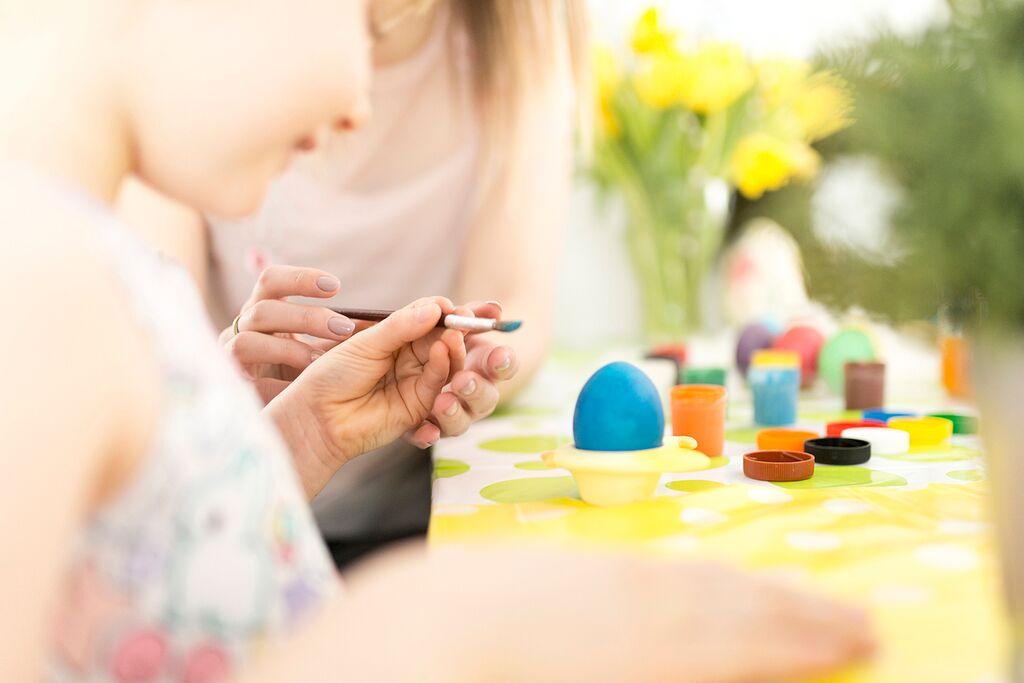
6 Ways to Encourage Creativity Indoors
Creativity is a wonderful aspect of childhood development. Encouraging indoor creativity has the advantage of always being available in every kind of weather. The right materials on hand ensure there is always something available to spark your child’s imagination and allow open-ended play.
What is Open-Ended Play?
Understanding the principles of open-ended play will help you set up this approach to creativity. Open-ended play has no rules, restrictions, or guidelines. It taps into spontaneous creative play by allowing children to respond to given materials in their own way. The beauty of open-ended play is children at different levels of development can respond to this form of play. You as the parent simply put out the materials and guide if you feel the need to or join in, but the more your child is left to their own devices the better.
6 Creative Materials that Spark a Child’s Imagination
- Sensory stash: use a large container like a basin or plastic storage box. Fill it with different things to feel like mini pompoms, types of fabric scraps, and plastic tops of different sizes. Feathers, mini cars for boys, or mini dolls for girls. Anything small and textured. Keep in mind this is not for children who are still putting everything in their mouths. This stash can be used for sorting, touching and making a collage.
- Creativity in a box: A large cardboard box your child can sit inside will make a great make-believe creation. Let your child draw inside the box with the materials provided. They can make a house, a car, a ship, or even a rocket to go to the moon. All you provide is the ‘box' and the colouring pens and pencils.
- Fashion, décor and design: A dress-up box with old clothes, shoes and bags together with cushions and blankets will entertain for hours. Children love to design their make-believe houses with cushions. Fort building is a great group activity that helps foster pretend play. Children will add their own unique touches to it and once they’re done, they’ll play in it for hours. Children love to make indoor houses with blankets and cushions. Add in some dress-up clothes and there are multiple ideas for creativity through fantasy play.
- Cut and paste creative waste: Gather together a collection of waste material your child can create with. Save toilet rolls, magazines, stickers, newspaper, small boxes and anything you think could be pasted together. Provide glue, glitter, and colouring materials. See what your child can create. This could be a bit messy. Have a plastic cloth to cover the creative space.
- Puppets: Put puppet characters together in a basket. Make your own from a brown paper bag or an old sock. Let your child entertain you with a puppet show.
- Scribble on scraps: Provide your child with a container of different types of scrap paper, a card and colouring materials. Rubber stamps and craft scissors or decorative punches all add to the scrap art box. Top up with some stickers, fancy marking pens and paint if you feel adventurous. Children of all ages will enjoy this creative activity.
Practice makes Perfect -
Here’s a good idea to keep your creative activities easy to access and use often. Store each set of creative items in a large plastic storage box. Label the box and take out the one you want for the day or take two. At the end of your creative play teach your child how to tidy up and put the playthings away. Next time you want to be creative, the box is good to go.